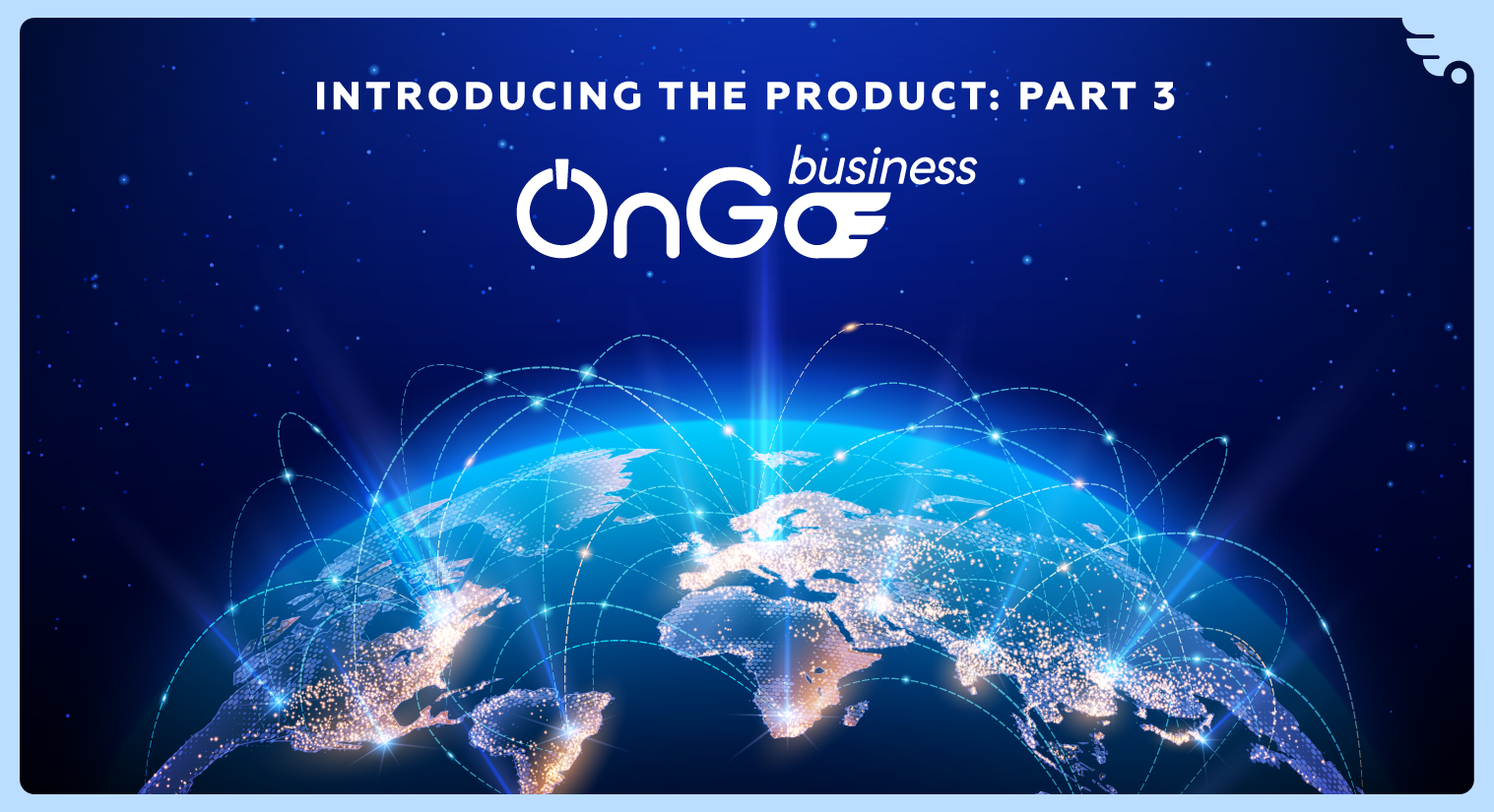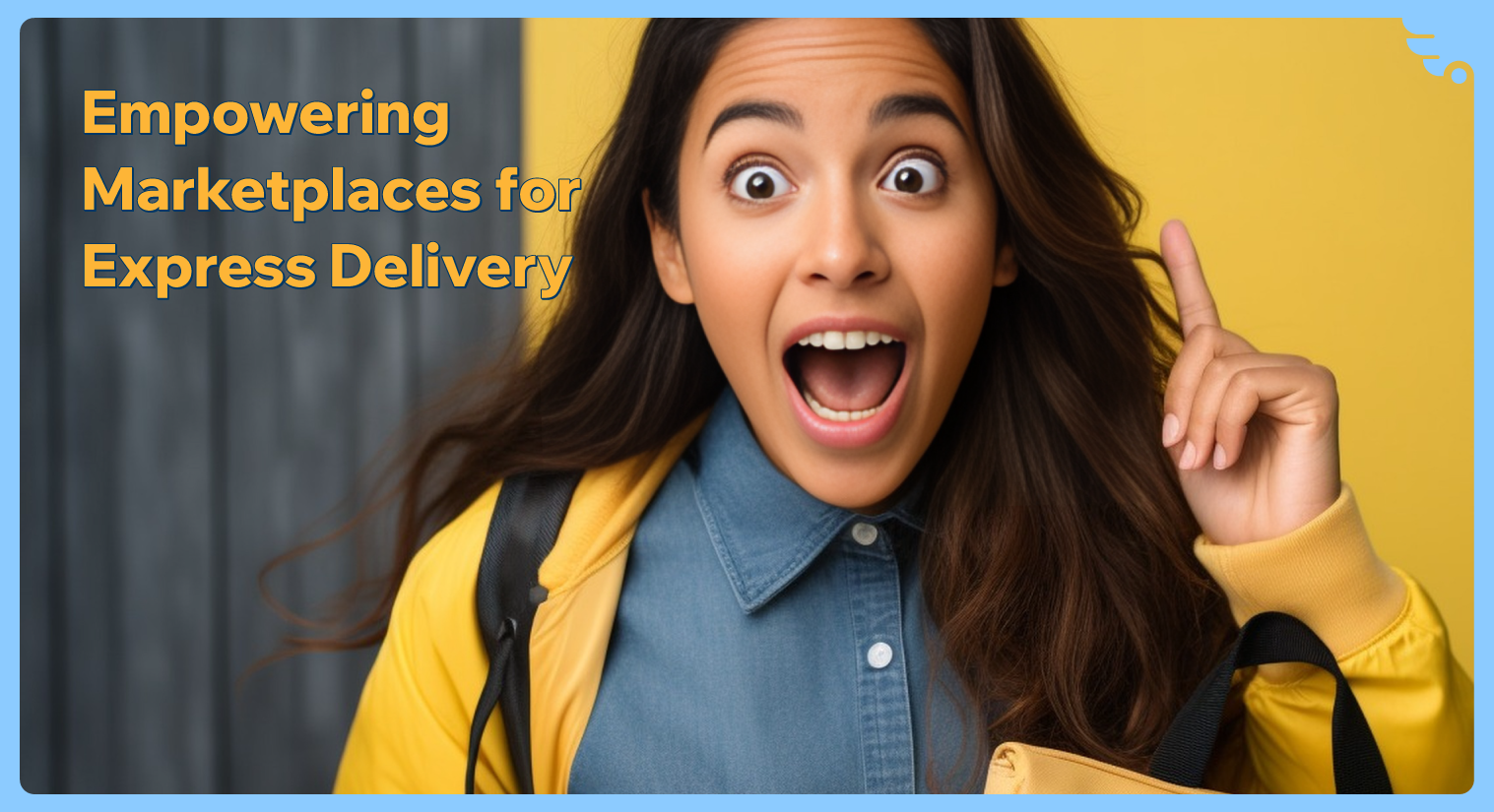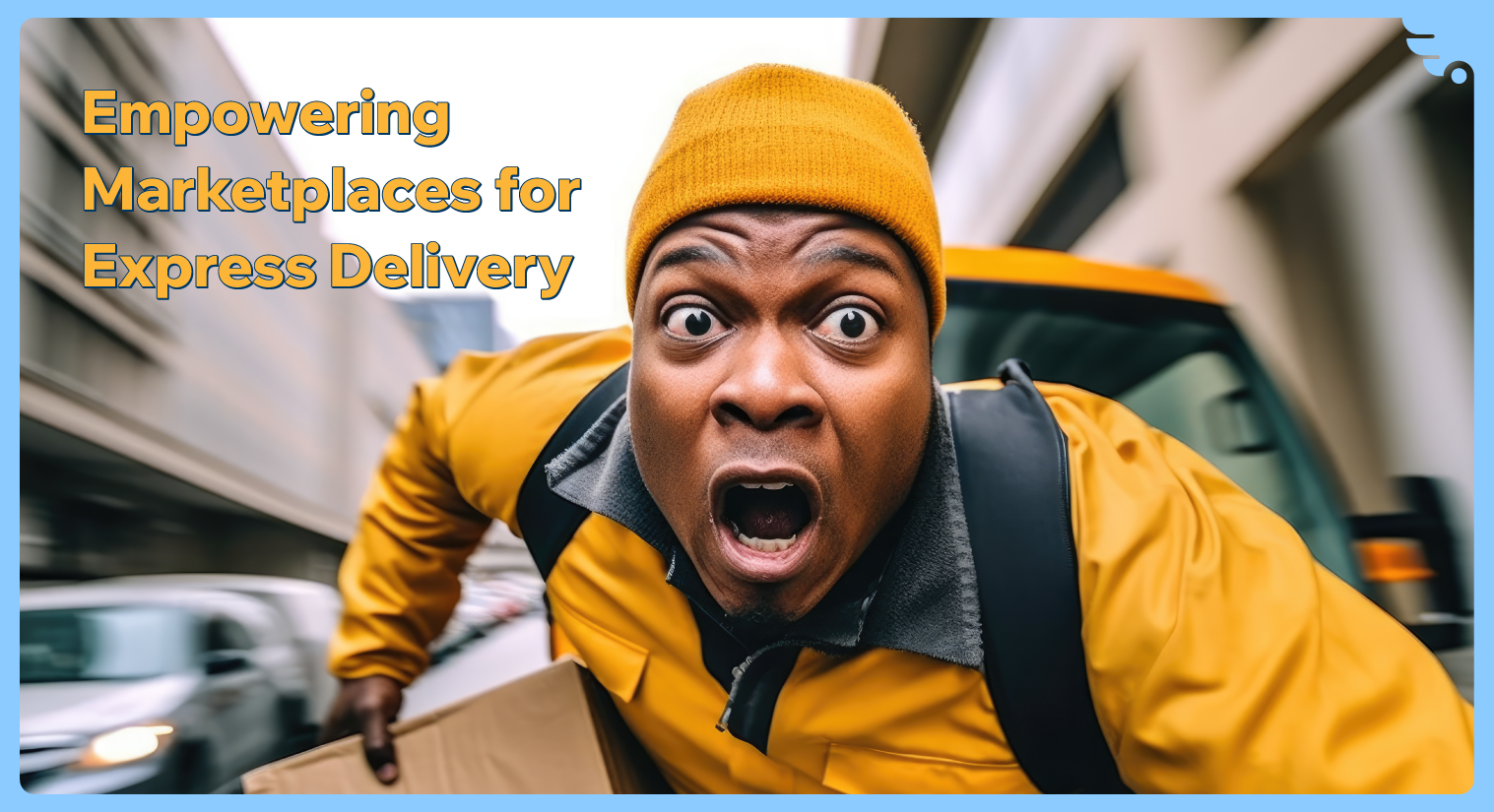What is Vanongo's OnGo Business product? (part 3)

In order to understand the OnGo Business product from Vanongo in detail, we spoke with Pavel Litvinenko, the company's Product Owner. In the first part of the interview, we found out how the idea to make OnGo Business came about: what kind of product it is, who it is for and how does it differ from other Vanongo products?
https://blog.vanongo.com/what-is-vanongos-ongo-business-product
And in the second part, Pavlo talked about how the Vanongo client-centric system works, what the "Local x3 formula" is and why it is beneficial for clients.
https://blog.vanongo.com/what-is-vanongos-ongo-business-product-part-2
And today, first of all, let's talk about why a personalized, branded delivery experience through digital touchpoints is a unique proposition for "last mile" delivery, and what the company's plans are in general.
So, how do these digital touchpoints help build the OnGo Business product? What are they and how do they work with end users or with our B2B customers and all the stakeholders we talked about in the previous parts?
P.L. Here we have a collaboration of three products with different users (by different users we mean that these users have different roles and different consumer experiences). The first product is OnGo Business, the second product is the Driver App, and the third product is the Client App. And each of these products have their own users, and some even have different roles. That is, if we are talking about OnGo Business, then there may be, for example, the role of a business owner who can enter and view reports or analyze some history of events. We also have the role of an order manager, who manages orders, controls that what comes via АРИ or from Excel enters the system as it should, possibly cancels some orders, if necessary, and so on. That is to say, he is engaged in operational activities related to orders.
If we talk about the Driver App and the Client App, then each of these products have one role. In the Driver App, it is directly the driver who registers, receives the order and follows it, performs all his tasks and receives confirmation of delivery, enters, perhaps scans something in the warehouse. That is, it works with the Driver App and is fully responsible for the information that comes from the Driver App to our system.
And the third role is the Consumer or User - a client of our B2B client, i.e. B2B2C, and soon he will have the opportunity to influence the change in the time of receiving the parcel/delivery, and he will also be able to leave feedback for the fleet or to improve the quality of delivery.
So, according to these three products and the four roles that we have, each of them has its own consumer experience and, accordingly, its own touchpoints that they go through?
P.L. Yes, if we take OnGo Business with touchpoints for the manager who controls the order, then he has full transparency. That is, he sees how the order is executed, can see the movement of the driver if he needs it. He has all the information he needs about where he is now, what the status of the order is, whether he can cancel it at this stage, whether the driver has changed or something has happened. Here are those touchpoints - transparency and some part of the delivery process that this OnGoBusiness manager can influence.
If we are talking about the driver, then the driver sees his entire route. He has detailed information - the priority of the order, whether there is a comment, he knows where to pick up, where to take and sees the optimal way. It can switch to free ride. He may miss a stop if he hasn't called or the customer says he can't accept the delivery. There is this flexibility in carrying out your route and the opportunity to get complete information and make the delivery in the most optimal way. And also what we can get from Driver App is detailed order progress statuses. We see the detailed path of the driver, and based on this information, we can notify the client (and the user) about exactly how their delivery is being carried out, literally down to the minute. These are one of the most important touchpoints.
What are the main touchpoints in the Client App?
P.L. In the Client App, the most important touchpoints are track by the link, that is, we see the movement of the car and when and where it was. Also rescheduling - the ability to change the time of receipt. The ability to receive delivery confirmation. And finally, the ability to provide feedback. These are the main touch points for the customer and the user.
And is it possible to add any advertising or marketing touchpoints to all these journeys? Maybe they already exist? And how can these mills be made circular and return end consumers who liked the experience of delivery back to purchase to a B2B client?
P.L. So! You can do a lot of things here, from simple banner ads (what we already have in our Client App) that attract attention to some game mechanics. For example, you go to the Driver App in the Client App and there you have some kind of car running, the client sees a map and he has to catch that car on the map, some kind of game starts. Or some worm crawls on the map and eats those cars. These are such entertaining moments. But there can also be serious marketing cases. For example, a person constantly orders certain products in a certain store. She is a regular delivery customer and we have information about her preferences. We know: this person orders fish every Tuesday and every Thursday. And then we can make some recommendation system for that customer. For example, advise her to buy certain sauces or drinks that go well with fish in addition to her traditional entree.
Where is OnGo Business headed? What is planned in the near future?
P.L. The nearest plans are to enhance user experience, dashboards and to create more advanced functionality for managers who work with orders.
First, improving the user experience. We want to make it as modern as possible. Secondly, dashboards will be added, which will allow you to take a look and understand what is happening in general and what the dynamics are. And we will also expand the functionality of the manager's influence on the execution of orders. I think that in the future we will give the opportunity to the manager to move the slot for this or that order in our system, to cancel the order at some stage. We will provide an opportunity to change comments, add comments, maybe in the future we will provide an opportunity to request some additional information. For example, if the customer needs some additional confirmation about the delivery of the order, because the product is very valuable, then we will make it so that he can request this confirmation directly in the OnGo Business system. In short, we have ambitious plans, and the most important thing is that we have a road map, which we adhere to while confidently moving along it.


